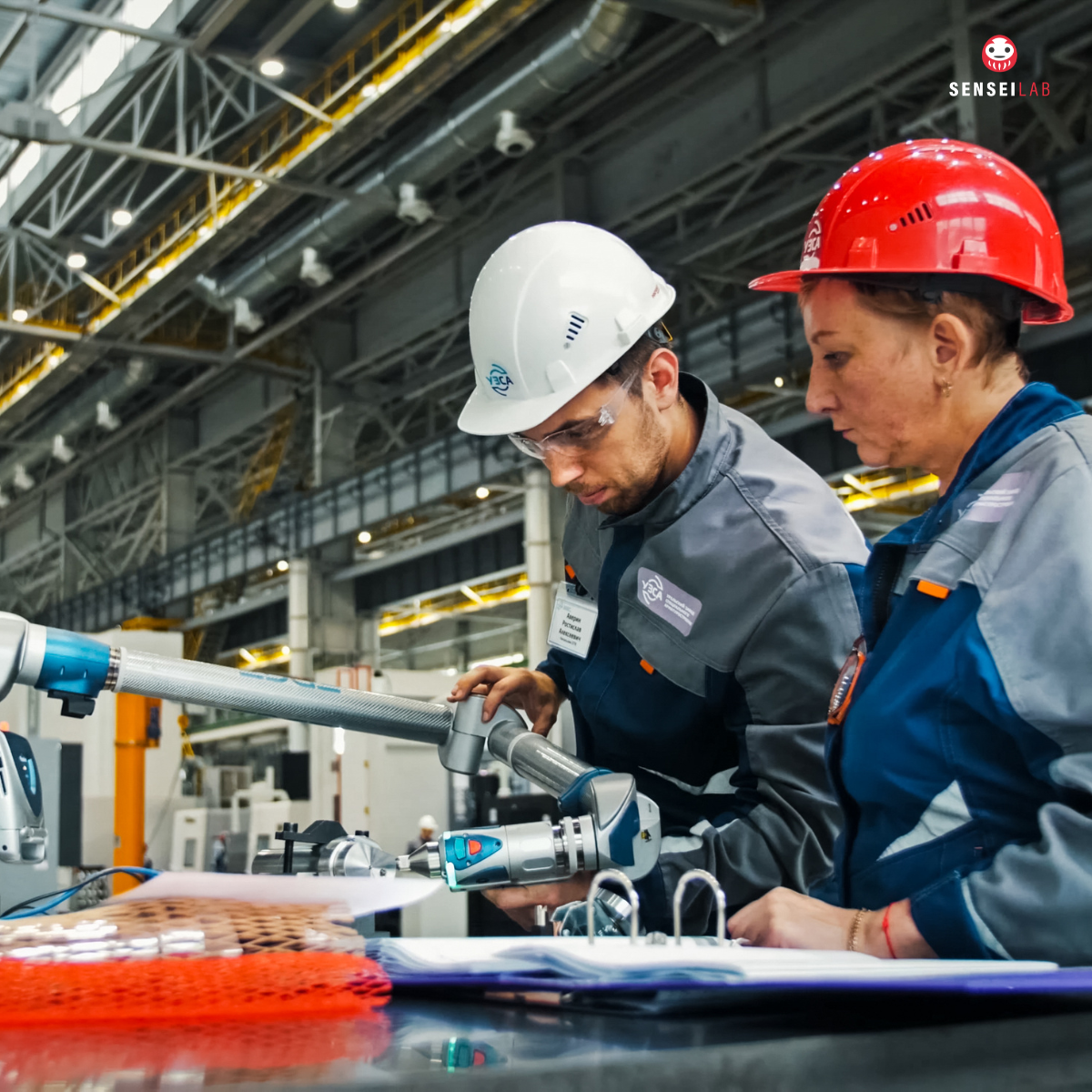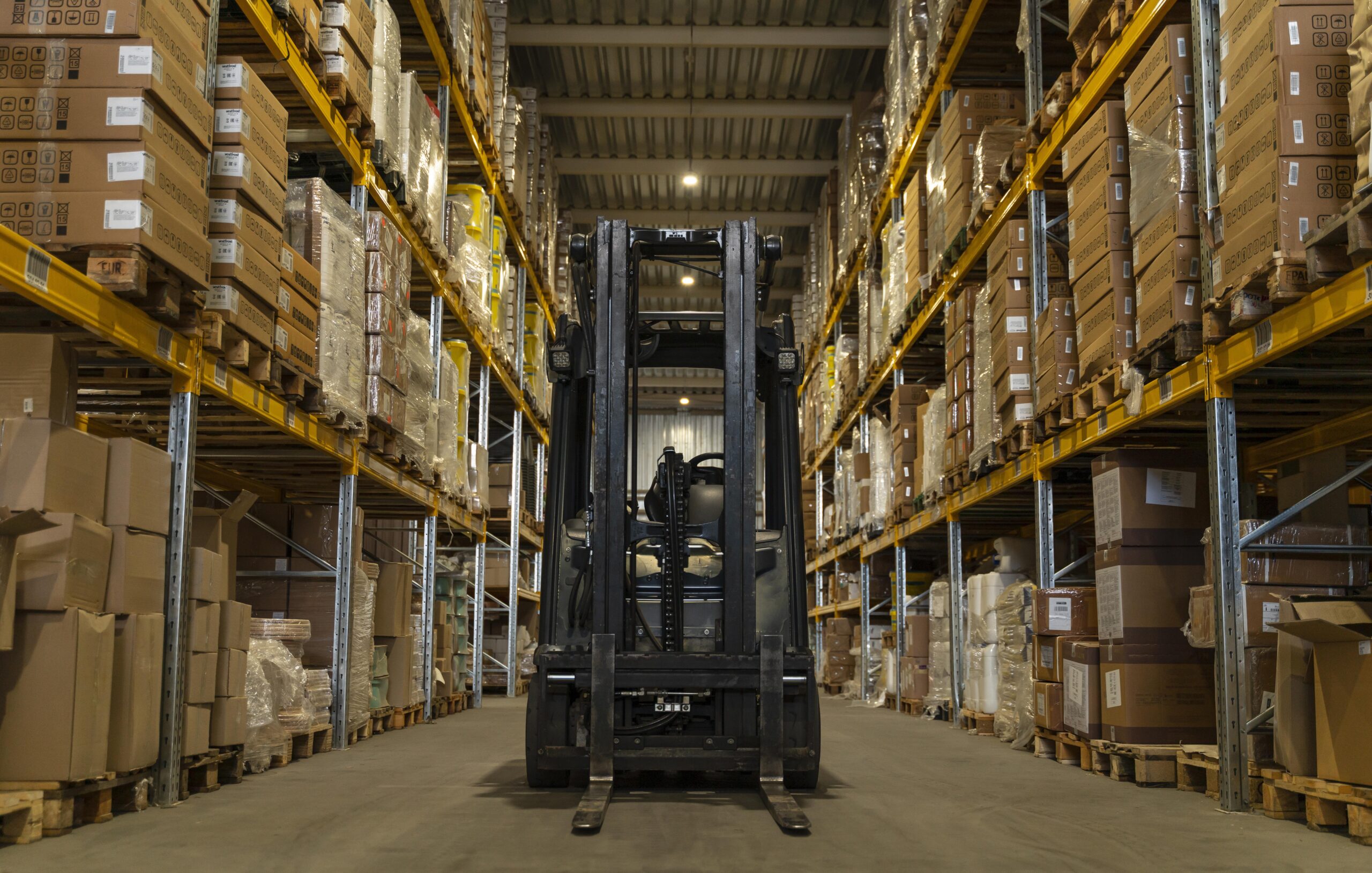A few years ago, I toured a midsize aerospace components plant in the Midwest. The floor was humming with precision machines, but what struck me wasn’t the technology—it was the silence between shifts.
Larry, a 62-year-old machinist with 35 years of experience, was retiring in two weeks. He was the go-to expert for troubleshooting complex CNC issues. Standing next to him was Jacob, a 24-year-old recent hire who’d just finished his technical program. Larry had two weeks to pass on decades of tribal knowledge.
“Too much to teach, not enough time,” Larry said, shaking his head. Jacob nodded silently, unsure where to begin.
This, in a nutshell, is the state of manufacturing today.
🚨 The Crisis We Can’t Ignore
The manufacturing industry is facing a growing talent gap—a challenge that’s far more than just numbers. It’s a crisis that threatens productivity, innovation, and operational resilience.
Let’s break it down:
- Aging Workforce: Experts like Larry are leaving in waves, and replacements aren’t arriving fast enough.
- Skills Mismatch: Automation, AI, and digital systems are reshaping operations, yet many workers are not trained for this shift.
- Negative Perceptions: Despite high-tech advances, many still view manufacturing as dirty, dead-end work.
- Knowledge Transfer Issues: Without structured mentorship or documentation, we’re losing critical know-how with every retirement.
🛑 What Happens If We Do Nothing?
If we let this trend continue unchecked, the consequences are real:
- Reduced productivity as remaining workers struggle to meet demand.
- Skyrocketing costs from high turnover, overtime, and rushed upskilling.
- Innovation paralysis when there aren’t enough qualified minds to drive improvement.
But here’s the twist: this isn’t just a threat—it’s an opportunity. If we act decisively, we can turn this workforce crisis into a competitive advantage.
🔧 Building the Talent Pipeline: What Actually Works
- Upskilling and Reskilling
It’s time to move from passive onboarding to proactive skill-building.- Launch internal training academies and certification pathways.
- Pair retiring experts with young recruits through structured mentorship.
- Use simulators, AR/VR, and real-world scenarios to accelerate learning.
- Rebranding Manufacturing Careers
Let’s change the narrative.- Highlight the tech-forward, purpose-driven side of manufacturing.
- Promote career progression stories and real salary benchmarks.
- Use social media to showcase your people, culture, and innovations.
- Partnering with Education
Don’t wait for talent—build it together.- Collaborate with trade schools and colleges to align curricula.
- Offer internships, site tours, and capstone projects tied to real problems.
- Sponsor programs that introduce STEM to students early.
- Leveraging Technology
Smart tech isn’t replacing people—it’s elevating them.- Use AI-driven platforms to personalize training and forecast skill needs.
- Automate repetitive work to free up human potential for higher-value tasks.
- Inclusive Hiring
Talent is everywhere, if you know where to look.- Engage veterans, second-chance hires, and underrepresented communities.
- Implement mentorship and development plans to ensure retention and growth.
✅ The Call to Lead
Back in that plant, I asked Larry what he wished someone had done five years earlier.
His answer? “Started this transition then, not now.”
The best time to invest in your future workforce was yesterday.
The second-best time? Today.
Manufacturers who embrace this challenge with urgency, creativity, and compassion will be the ones who thrive—not just survive—in the years ahead.
Let’s build a future where knowledge isn’t lost, but multiplied.
Where the factory floor becomes a hub of innovation, not attrition.
And where stories like Larry and Jacob’s become success stories—not missed chances.
And if you’re ready to take action, Senseilab can help.
We specialize in customizing workforce training programs that boost productivity, accelerate learning, and retain top talent—built around the specific needs of your operation.
Let’s transform today’s challenges into tomorrow’s competitive edge.




